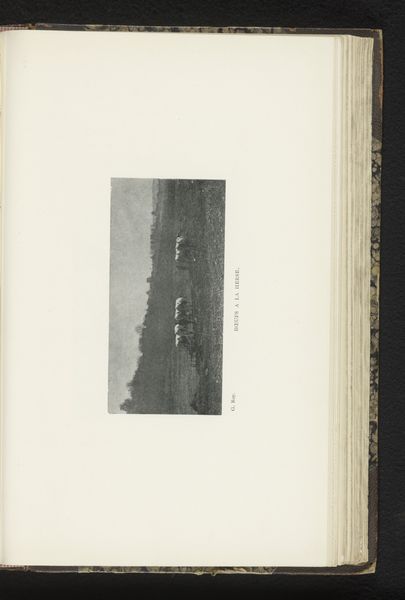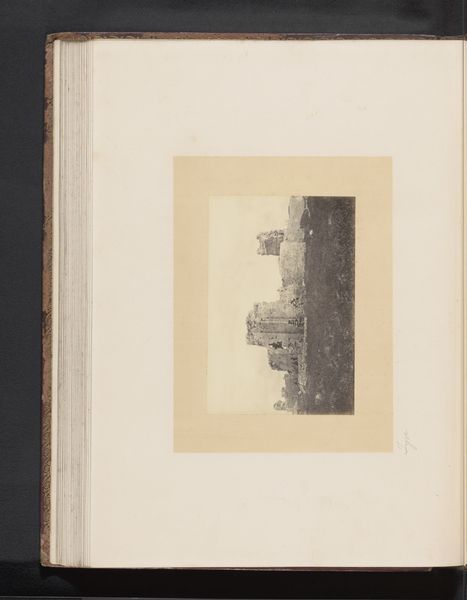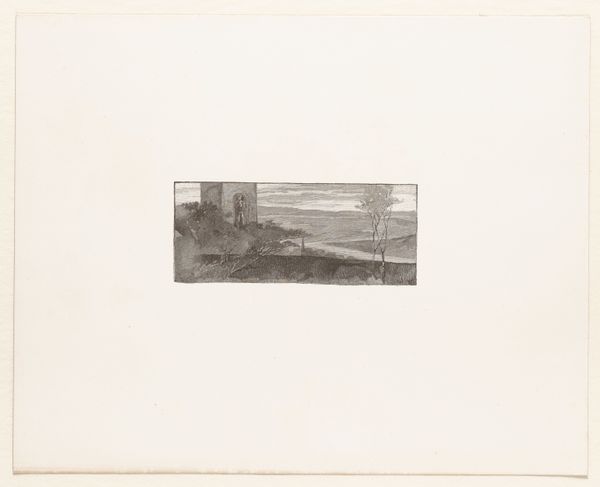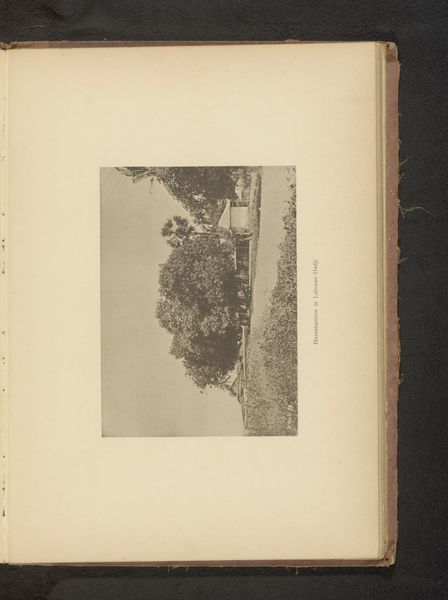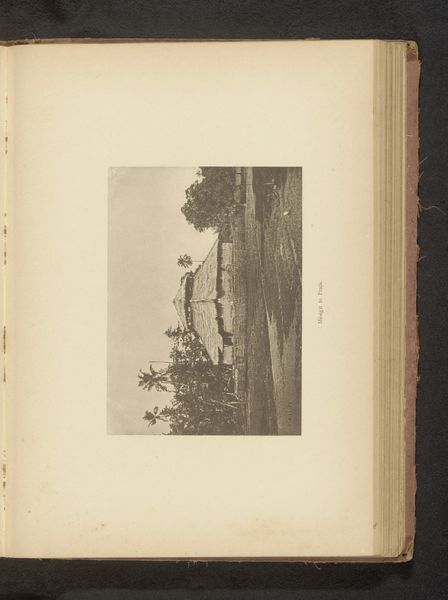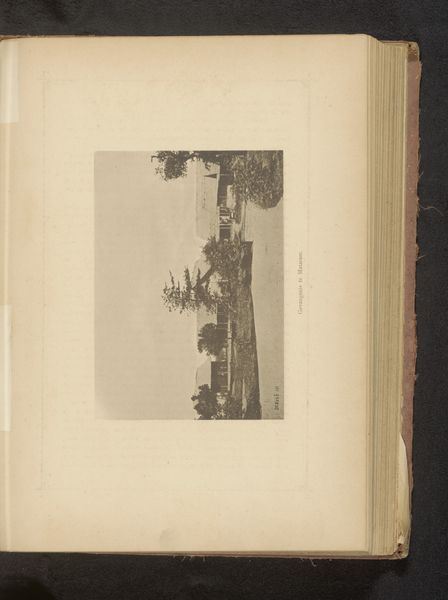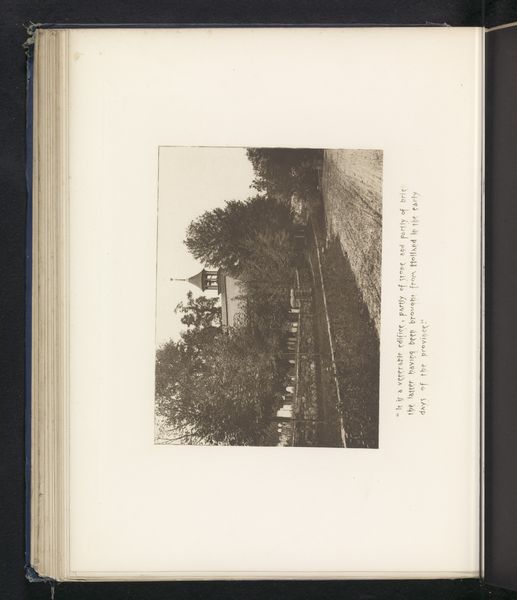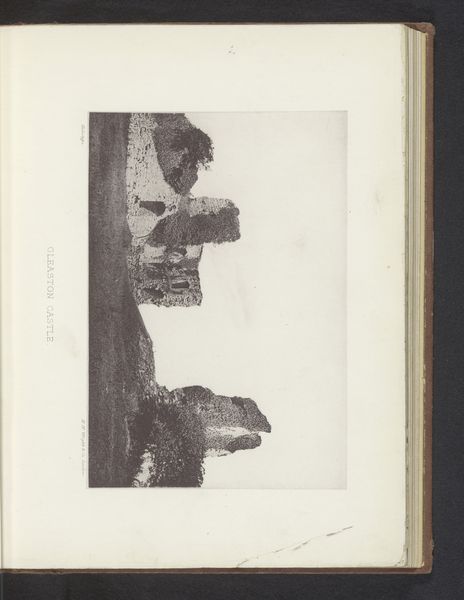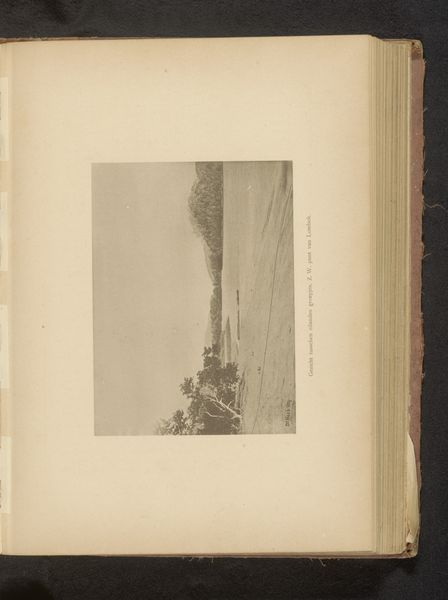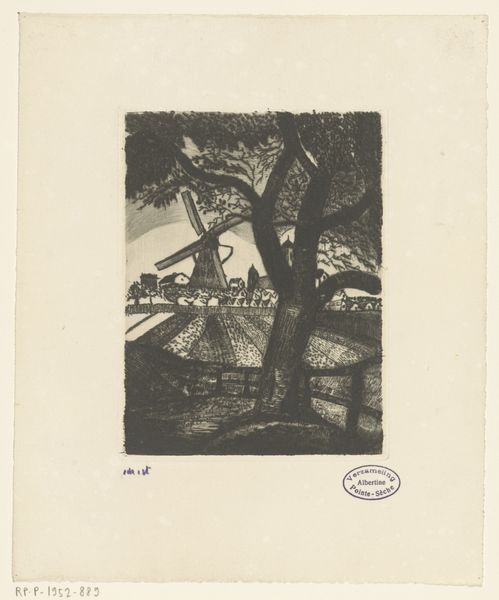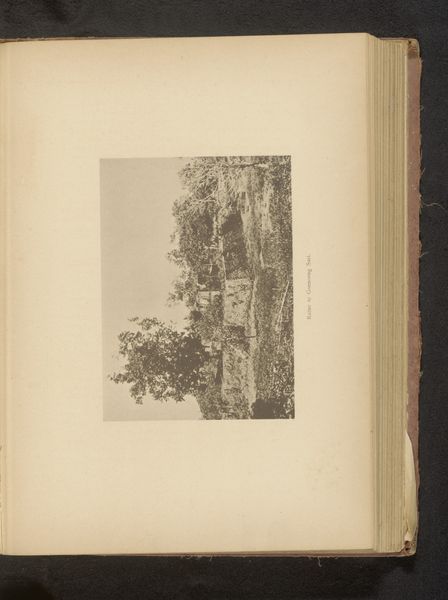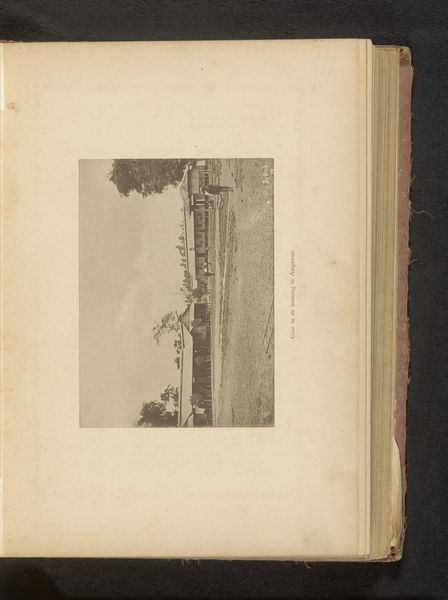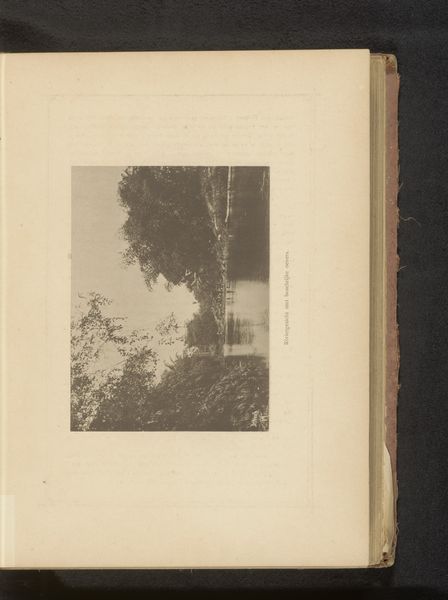
The Windmill, from Old English Masters Possibly 1899 - 1902
0:00
0:00
drawing, print, etching, paper, engraving
#
pencil drawn
#
drawing
# print
#
etching
#
pencil sketch
#
landscape
#
paper
#
pencil drawing
#
united-states
#
engraving
Dimensions: 435 × 345 mm (sheet)
Copyright: Public Domain
Editor: This is Timothy Cole's "The Windmill, from Old English Masters," likely created between 1899 and 1902. It's an etching, an engraving, printed on paper. I’m struck by the image's tranquility. What sociopolitical statements do you think it might be making, or how might it engage with the art world in general at the time? Curator: That sense of tranquility is carefully constructed. Consider the historical context. This was made during a time of immense industrial growth and urbanization, wasn't it? And you see that, quite consciously, Cole chose a rural landscape. But what are we invited to critique within this visual idyll, if anything? Editor: It feels… romantic, almost a deliberate contrast to the anxieties of modern life at the turn of the century? Curator: Exactly! Now let’s think about Cole himself and his position. Who was he, and who was his intended audience? A white, male engraver looking back to the "old masters," implicitly positioning himself within that tradition. Who does that include? And just as importantly, who does it exclude, wouldn't you agree? How does his choice of subject matter speak to the values he and presumably his patrons, held? Editor: So, while it appears serene, it also represents a kind of… retreat, or even privilege? A longing for a past that perhaps never truly existed for everyone? Curator: Precisely. The image might subtly, yet critically, participate in an ideology that romanticizes an agrarian past, thus possibly obscuring contemporary social injustices and perhaps even supporting specific gender roles. How might the labor associated with that windmill compare to factory labor, and who had access to the "tranquility" offered? Editor: I never considered how the image actively idealizes an era or status. Thank you for enriching the perspective! Curator: Indeed! Considering these pieces within their time helps expose hidden power dynamics in ostensibly benign visual representations, wouldn't you agree?
Comments
No comments
Be the first to comment and join the conversation on the ultimate creative platform.
